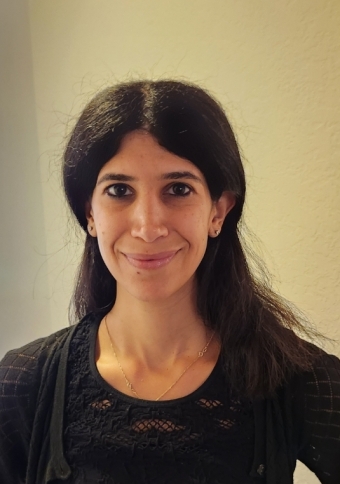
Date:
Location:
Title:
Abstract
Grand societal challenges have emphasized the need to develop novel thermostructural materials for environmental and sustainable engineering systems. Among the class of structural materials, SiC-based ceramic matrix composites (CMCs) and refractory multi-principal elements (RMPEs) are attracting attention as promising advanced materials for high-temperature applications. However, processing challenges and sensitivity to interstitial elements pose difficulties in reaching their ultimate performance. This presentation will cover two research areas, the first focusing on the fundamentals of processing in SiC-CMCs, and the second focusing on structural instabilities in RMPEs in the presence of interstitial elements.
The first part of the presentation will discuss the key challenges of fabricating robust SiC matrices caused by the hindrance to wetting of C surfaces by the Si melt. This work explores the kinetics of infiltration from a hybrid approach combining a gas phase treatment and subsequent melt exposure. The preconditioning approach, using Si vapor of C surfaces, is shown to mitigate reactive wetting with a controlled infiltration rate, hinder reaction chocking, and ultimately achieving robust SiC matrices. A variant of the fabrication approach involves using Si-rich alloys as they can capture residual Si in the form of a high-temperature silicide. This section will focus on in-situ heating TEM investigations to study the reaction products developed during the melt exposure reaction and their thermodynamic stability.
The second part of the presentation will focus on effects of dilute concentration of interstitial elements (≤1at%) in refractory equimolar Ti-Nb alloys, which are intended to provide insight into the potential underlying mechanisms of interstitials-induced phase transformation in higher-order RMPEs. This work will look into the transformation pathways between the parent BCC phase and the product structures and provide insights into the preferred interstitial environments.
To conclude, I will discuss how these phase transformation paths can be applied to pursue further developments in advancing engineering materials.
Bio
Ravit Silverstein is a research scientist in the Materials department and a manager in the Microscopy and Microanalysis Facility. Ravit received her Ph.D. in 2016 and M.Sc. in Materials Engineering from Ben-Gurion University and was a research associate at the Applied Physics Division, Soreq Nuclear Research Center. After conducting research at the Bundesanstalt für Materialforschung und prüfung, BAM (Federal Institute for Materials Research and Testing), she was a post doctoral fellow (from 2018 until 2021) in the group of Carlos G. Levi. Her research aims to develop unique processing approaches for ceramics and metals and design advanced engineering materials via interstitials for future high thrust propulsion, aircraft and hypersonic vehicles. A major component of her studies relies on spectroscopy, advanced analytical electron microscopy, in-situ TEM experiments and development of novel characterization modalities.
Hosted by Materials Student Association. Download event flyer



